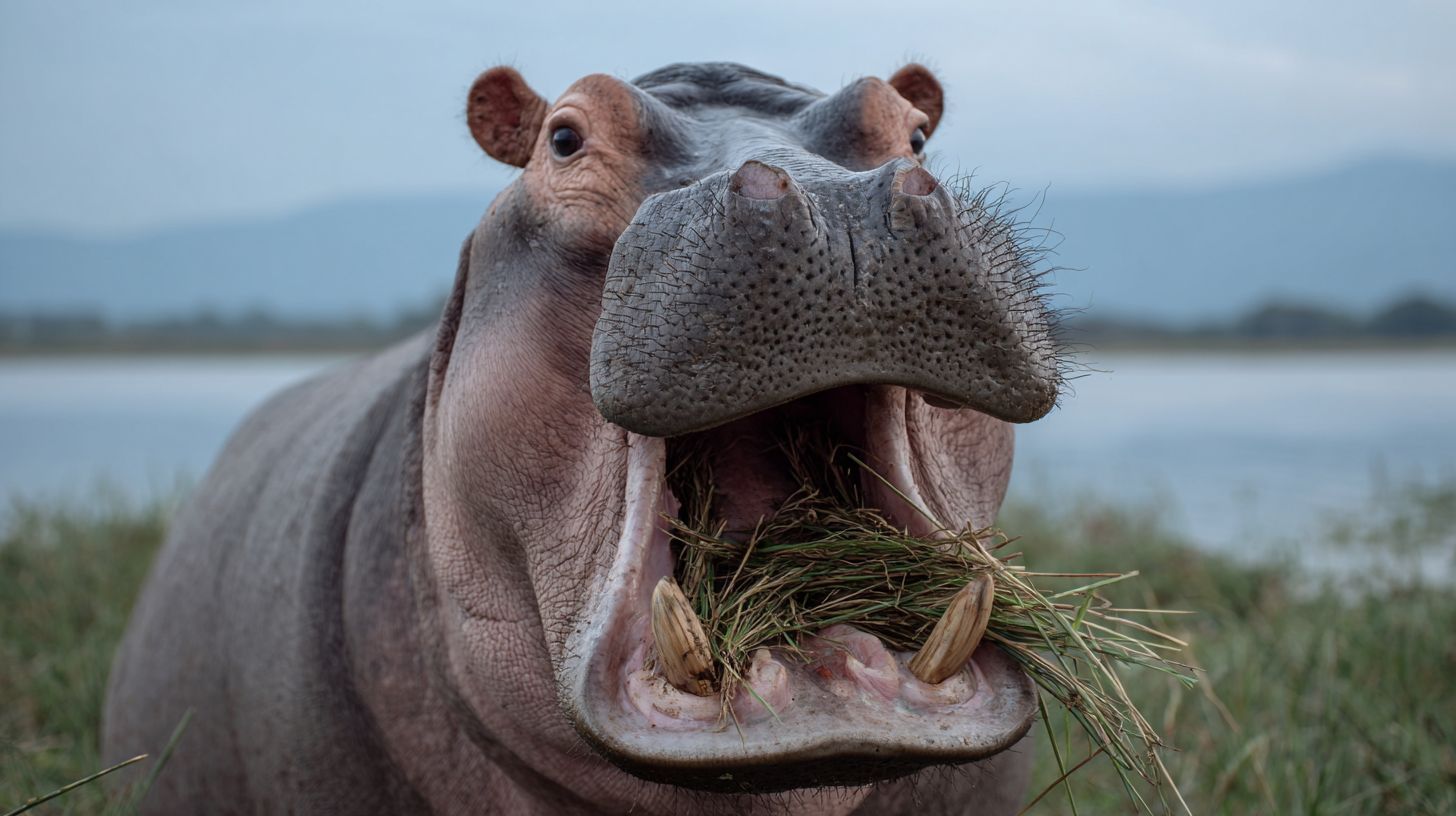
In a harrowing tale of survival, Paul Templer, a tour guide on the Zambezi River in Africa, endured a near-fatal encounter with one of nature’s most dangerous animals — a territorial male hippopotamus. The incident occurred in 1996 while Templer was leading a group of tourists on a kayaking expedition through the scenic but perilous river.
The tranquillity of the outing was shattered when the hippo attacked, capsizing the kayak of Templer’s trainee, Evans Namasango. Without hesitation, Templer rushed to assist, only to become the hippo’s next target. In a terrifying moment, the massive animal clamped its jaws around Templer, engulfing him from the waist up. He described the suffocating darkness and the immense pressure of being inside the beast’s mouth. Though the hippo initially spat him out, it returned twice more, viciously attacking him and clamping down on his torso with such force that one of its tusks pierced his body.
Templer was dragged underwater and severely mauled. In a miraculous turn, another guide intervened, distracting the hippo long enough to free him. Templer was pulled into a boat, gravely injured. His left arm was shredded beyond repair and later had to be amputated. Incredibly, a nearby military trauma surgeon, part of a medical helicopter team conducting training exercises, was able to respond swiftly. A major artery in Templer’s arm had sealed itself, a rare natural response that prevented him from bleeding to death before help arrived.
Despite the extraordinary rescue and medical intervention, the incident ended in tragedy. Evans Namasango, the young trainee, drowned during the attack and did not survive.
Templer’s ordeal highlights the unpredictable danger of wildlife encounters in remote areas. His survival is attributed to a combination of quick thinking, bravery from his fellow guide, and sheer luck, particularly the presence of trained medical personnel nearby. The event left him physically and emotionally scarred, but alive — a rare outcome in such brutal circumstances.

